I want to integrate a Gaussian function over a very large interval. I chose spicy.integrate.quad function for the integration. The function seems to work only when I select a small enough interval. When I use the codes below,
from scipy.integrate import quad
from math import pi, exp, sqrt
def func(x, mean, sigma):
return 1/(sqrt(2*pi)*sigma) * exp(-1/2*((x-mean)/sigma)**2)
print(quad(func, 0, 1e+31, args=(1e+29, 1e+28))[0]) # case 1
print(quad(func, 0, 1e+32, args=(1e+29, 1e+28))[0]) # case 2
print(quad(func, 0, 1e+33, args=(1e+29, 1e+28))[0]) # case 3
print(quad(func, 1e+25, 1e+33, args=(1e+29, 1e+28))[0]) # case 4
then the followings are printed.
1.0
1.0000000000000004
0.0
0.0
To obtain a reasonable result, I had to try and change the lower/upper bounds of the integral several times and empirically determine it to [0, 1e+32]. This seems risky to me, as when the mean and sigma of the gaussian function changes, then I always have to try different bounds.
Is there a clear way to integrate the function from 0 to 1e+50 without bothering with bounds? If not, how do you expect from beginning which bounds would give non-zero value?
